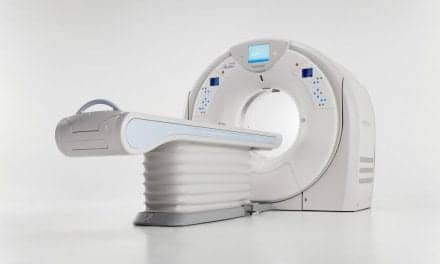Are entertainment and the media influencing consumer demand for imaging exams?
A chest x-ray of Marilyn Monroe is set to go to auction in June, and according to staff writer Michael Sheridan of the Daily News (April 13, 2010), it is expected to fetch $800 to $1,200. And apparently there are four more Monroe x-rays for sale?these feature the actress? abdomen. The scans are among numerous Monroe items being offered up by Julien?s Auctions. According to the Daily News report, 2 years ago, Julien?s sold several chest x-rays of Elvis Presley for $5,000 each.
Hardly your classic celebrity memorabilia (a publicity shot, a script, or an item of apparel, for example); one wonders if these celebrity scans would have even made it to the auction block just 10 or 20 years ago.
My point: While the Monroe x-ray speaks volumes about our celebrity-obsessed society, it also says something about consumers? comfort level with medical imaging. As a society, we?re getting more and more familiar with diagnostic imaging?much more so than previous generations. In the past, an x-ray might have been considered kind of creepy?even if it was one of the beautiful blonde. But today?s consumers tune into Grey?s Anatomy, House, and countless other medical shows where almost every patient we meet is sent for an MRI or a CT scan. Artful shots of the imposing machines?and booming noise from the MRIs?add to the drama of the storyline. During prime time, we can also catch the direct-to-consumer advertising from several of the major manufacturers of imaging equipment.
But is all of this exposure to imaging a good thing? Maybe we?re being overexposed to the subject?from all the wrong sources. With a continuous debate about imaging overutilization and its causes, one has to ask the question: Are entertainment and advertising persuading patients? Are health care consumers walking into the physician?s office and requesting an MRI?whether or not it is needed? The pharmaceutical companies built consumer demand ?and brand preferences?when they began advertising prescription drugs direct-to-consumers. Is the same thing happening with diagnostic imaging?
In 2004, Cherrill Farnsworth, president and CEO of HealthHelp, wrote an article for Axis Imaging News titled, ?Imaging Trends: A Forecast for 2005-2007.?
The article begins: ?The rapid proliferation of sophisticated medical technology is now creating unrestrained consumer expectations for access to the latest (and most expensive) forms of health care. As a result, an impending collision between those expectations and the cost of meeting them looms over the health care industry.? Commenting further on society and medical imaging, she predicts, ?Consumer demand will continue to increase until direct marketing is restricted by governmental action. It will be necessary to find ways to help physicians order appropriate tests without adding to administrative burdens.?
So where are we today? Imaging is a costly business. According to a September 24, 2009, article ?Too Many Unnecessary MRIs and CT Scans?? on CBSNews.com, the annual price tag for imaging exams in the United States is $100 billion and experts estimate that 35% of these tests are unnecessary. The report goes on to note that from 2000 to 2007 the yearly number of CT scans alone nearly doubled, reaching 69 million.
While there is plenty of blame to go around for the problem of overutilization?from self-referral to defensive medicine?as writer Jonathan LaPook for the CBSNews.com article puts it, ?Patients have to take responsibility, too. So often they demand instant answers and high tech tests. But giving patients what they want is not necessarily what?s best for them.?
I remember undergoing a CT scan 10 years ago and several of my friends didn?t even know what it was. Today, you?d have to be living under a rock. But a little bit of knowledge can be a dangerous thing. It is up to physicians to ensure that patients get the right scan at the right time?and sometimes, no scan at all.

|
Marianne Matthews Editor |






